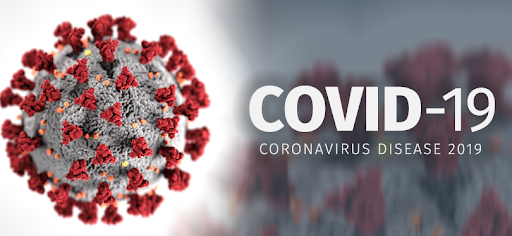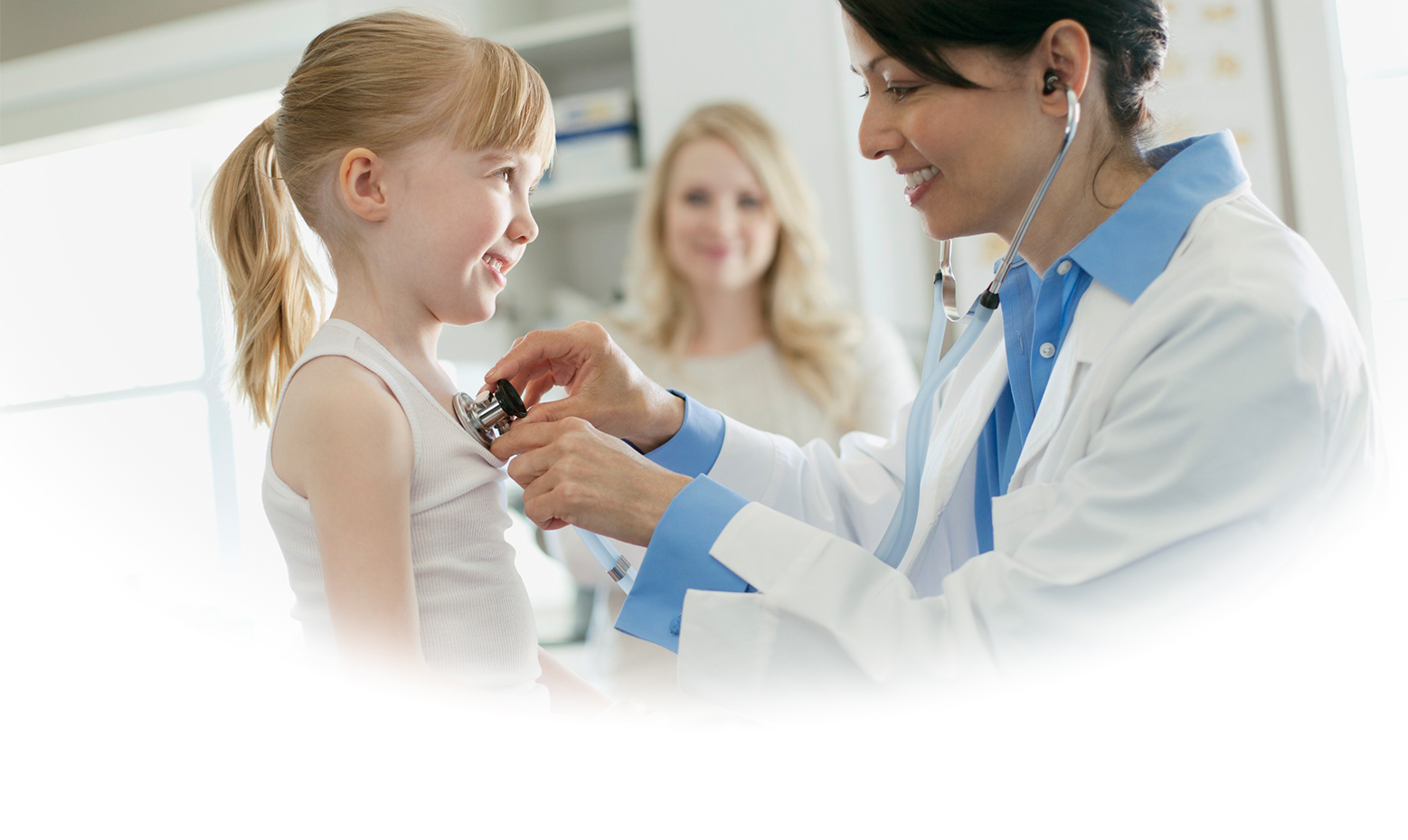
Masking Guidance
You may choose to wear a mask at any time. Additional recommendations are made based on the county's CDC Community Level. Check the county's community level and learn more about the recommendations below.
Everyone:
People can choose to wear a mask at any time. If you live with a vulnerable person, consider taking additional precautions.
Vulnerable People, and Everyone in Indoor High Risk Settings
Consider wearing a mask, especially in crowded or indoor public spaces.
High-Risk Settings include:
- Healthcare Settings
- Long Term Care Settings & Adult and Senior Care Facilities
- Homeless shelters, Emergency shelters and cooling and heating centers
- State and local correctional facilities and detention centers
Everyone:
Consider wearing a mask, especially in indoor public spaces. If you live or have social contact with a vulnerable person, wearing a mask is recommended around them.
Vulnerable People, and Everyone in Indoor High Risk Settings
Wearing a mask is recommended in crowded indoor public spaces.
High-Risk Settings include:
- Healthcare Settings
- Long Term Care Settings & Adult and Senior Care Facilities
- Homeless shelters, Emergency shelters and cooling and heating centers
- State and local correctional facilities and detention centers
Everyone:
Wearing a mask is recommended in indoor public spaces. If you live or have social contact with a vulnerable person, wearing a mask is recommended around them.
Vulnerable People, and Everyone in Indoor High Risk Settings
Wearing a mask is strongly recommended in indoor public spaces.
High-Risk Settings include:
- Healthcare Settings
- Long Term Care Settings & Adult and Senior Care Facilities
- Homeless shelters, Emergency shelters and cooling and heating centers
- State and local correctional facilities and detention centers
Frequently Asked Questions
Covering your nose and mouth by wearing a mask can slow the spread of COVID-19 because:
- You can be contagious before you start having symptoms. You may be contagious and not know it.
- You touch your face less when it is covered, reducing your chance of getting sick with COVID-19
- Your mask acts as a filter for the air you breathe in, trapping viruses before they can enter your body
A mask's primary role is to reduce the release of infectious particles into the air when someone speaks, coughs, or sneezes, including someone who has COVID-19 but feels well. They can also provide some protection against exposure for the person wearing the mask. A CDC study has shown that a face mask can block over 50% of the particles from a cough. When both people are wearing a well-fitting mask, exposure to infectious particles can be reduced by about 96%.
Yes. Wearing a mask does not replace practicing other safe behaviors, such as washing your hands. Wearing a mask works together with other safe behaviors to increase protection for yourself and those around you.
Masks should completely cover the nose and mouth and fit snugly around the nose and chin with no large gaps around the sides of the face. Do not lower or remove the mask while talking; doing may allow infectious droplets to escape and defeats the purpose of wearing a mask.
Children under the age of 2 (including infants) should not wear masks. Those between the ages of 2 and 8 should use them but under adult supervision to ensure that the child can breathe safely and avoid choking or suffocation. Children with breathing problems should not wear a mask.
CDC recommends using a surgical mask or a mask that has better filtration such as a N95, KN95, or KF94.
Avoid masks with:
- Exhalation valves or vents
- Only one layer
- Made of mesh-like fabric or fabric that doesn't block light
It's a good idea to wash your mask frequently, ideally after each use, or at least daily. Have a bag or bin to store masks until they can be laundered with detergent and hot water and dried on a hot cycle. If you must re-wear your mask before washing, wash your hands immediately after putting it back on and avoid touching your face. Discard masks that:
- No longer cover the nose and mouth
- Have stretched out or damaged ties or straps
- Cannot stay on the face
- Have holes or tears in the fabric
Persons exempted from wearing a mask due to a medical condition who are employed in a job involving regular contact with others should wear a non-restrictive alternative, such as a face shield with a drape on the bottom edge, if their condition permits it.
Helpful Links
State Resources:
- Guidance for the Use of masks
- Face Coverings Q&A
- Cal/Osha FAQs
- When Do You Need Your Mask? [pdf]
- Face Mask Tips and Resources
CDC Resources:





